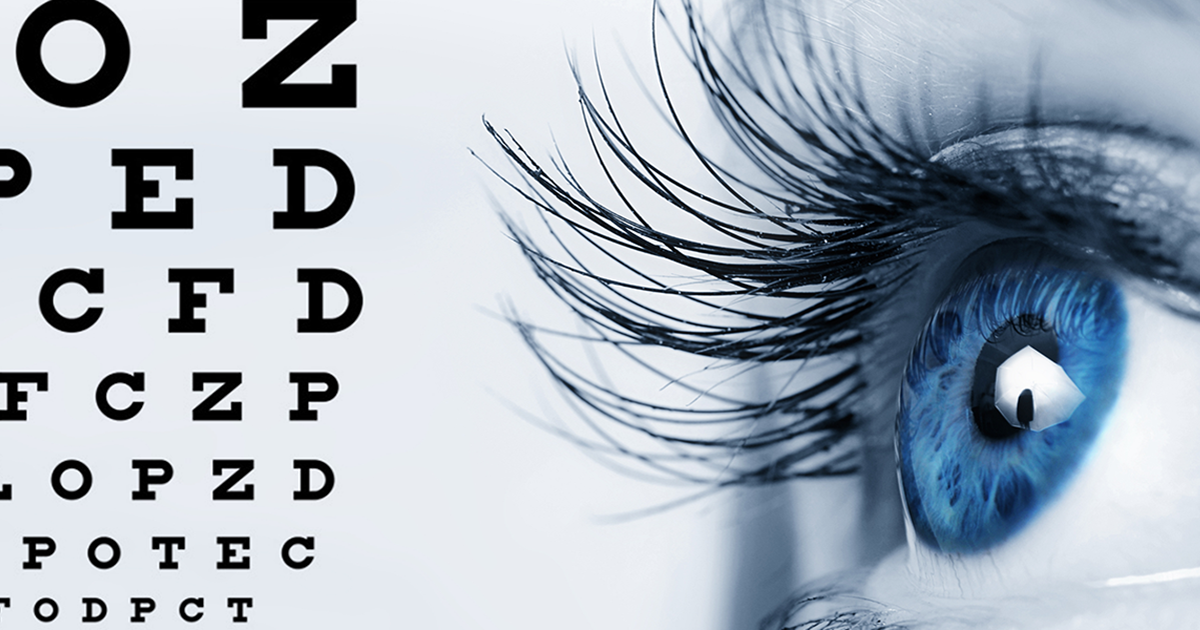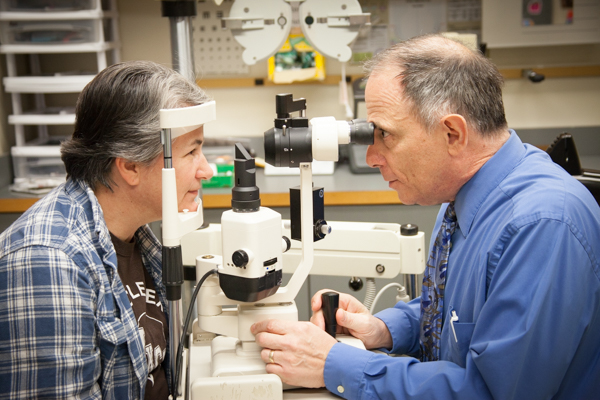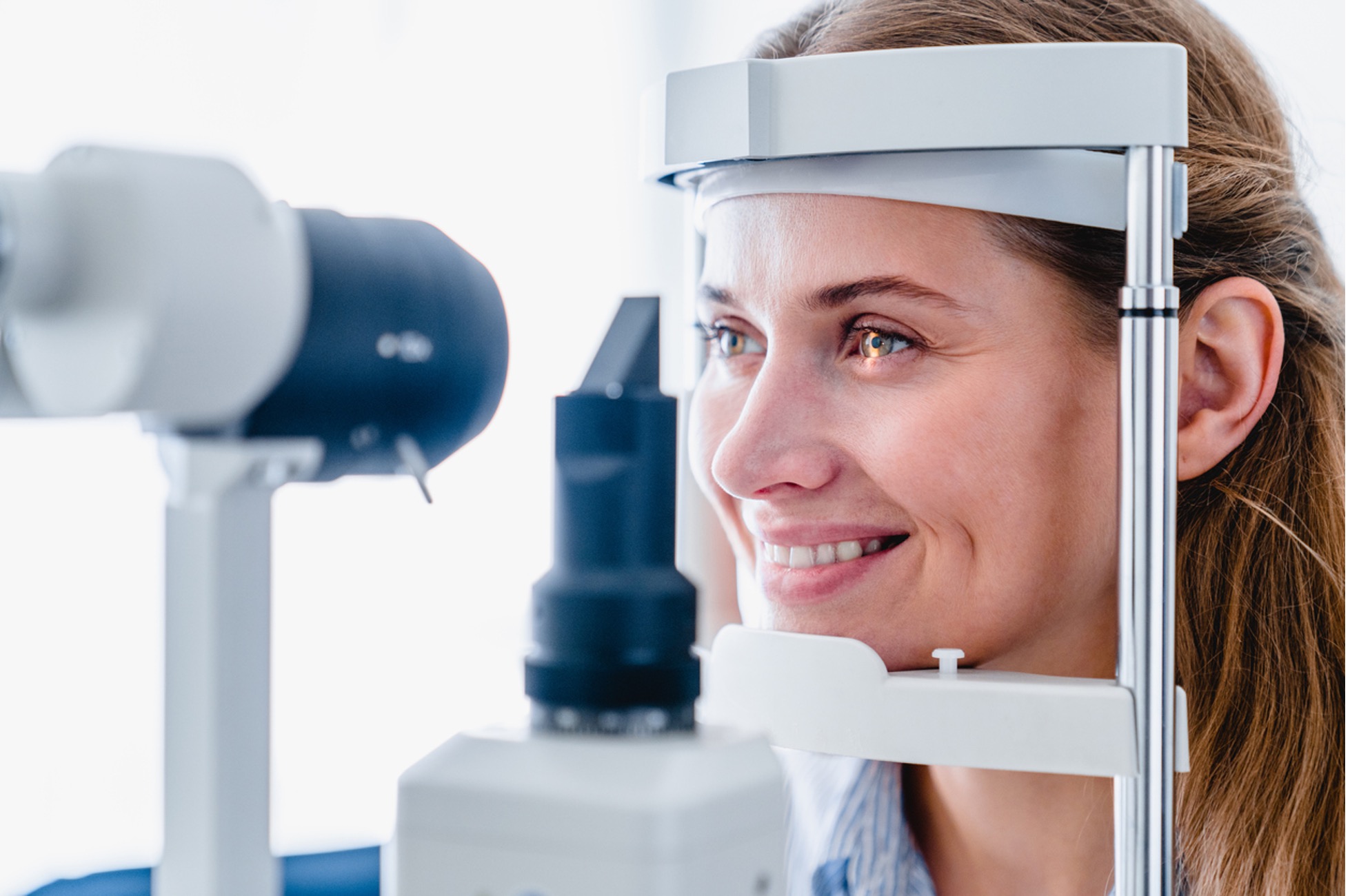Regional Glaucoma Service Near Me: Trusted Experts for Eye Health
Regional Glaucoma Service Near Me: Trusted Experts for Eye Health
Blog Article
The Duty of Advanced Diagnostic Devices in Identifying Eye Disorders
In the realm of ophthalmology, the utilization of innovative analysis tools has actually changed the very early recognition and monitoring of numerous eye conditions. As the need for accurate and prompt medical diagnoses proceeds to expand, the assimilation of cutting-edge devices like optical comprehensibility tomography and aesthetic field screening has ended up being crucial in the world of eye care.
Relevance of Early Diagnosis
Early medical diagnosis plays an essential duty in the effective management and treatment of eye problems. Timely identification of eye problems is critical as it permits timely intervention, potentially protecting against further development of the condition and minimizing long-term problems. By identifying eye disorders at an onset, doctor can provide appropriate treatment strategies customized to the specific problem, ultimately leading to much better outcomes for people. Early diagnosis allows patients to access needed assistance services and resources quicker, boosting their overall quality of life.

Modern Technology for Detecting Glaucoma
Cutting-edge diagnostic innovations play a vital role in the early detection and tracking of glaucoma, a leading reason for permanent blindness worldwide. One such technology is optical coherence tomography (OCT), which supplies thorough cross-sectional pictures of the retina, permitting the measurement of retinal nerve fiber layer density. This dimension is vital in examining damages triggered by glaucoma. Another advanced device is visual area testing, which maps the sensitivity of an individual's visual field, assisting to spot any locations of vision loss attribute of glaucoma. In addition, tonometry is used to gauge intraocular stress, a major threat aspect for glaucoma. This test is crucial as elevated intraocular pressure can bring about optic nerve damages. Newer technologies like the usage of synthetic intelligence formulas in assessing imaging data are revealing promising results in the early detection of glaucoma. These innovative diagnostic tools allow eye doctors to diagnose glaucoma in its onset, allowing for timely treatment and far better monitoring of the condition to prevent vision loss.
Role of Optical Comprehensibility Tomography

OCT's ability to evaluate retinal nerve fiber layer thickness enables for accurate and objective measurements, aiding in the very early detection of glaucoma also before visual area defects end up being evident. On the whole, OCT plays a vital duty in boosting the diagnostic precision and administration of glaucoma, ultimately contributing to much better outcomes for people at danger of vision loss.
Enhancing Diagnosis With Visual Area Screening
An essential part in thorough ocular evaluations, visual area screening plays a critical duty in boosting the diagnostic process for different eye conditions. By evaluating the full level of an individual's visual area, browse around this site this examination provides critical details about the useful integrity of the entire aesthetic path, from the retina to the aesthetic cortex.
Aesthetic field testing is specifically valuable in the diagnosis and monitoring of conditions such as glaucoma, optic nerve disorders, and various neurological diseases that can affect vision. Via quantitative measurements of peripheral and central vision, clinicians can discover refined changes that may suggest the visibility or progression of these problems, also before recognizable signs happen.
Moreover, aesthetic area screening enables for the monitoring of therapy efficacy, aiding ophthalmologists tailor healing interventions to individual patients. eyecare near me. By tracking changes in aesthetic field efficiency gradually, healthcare companies can make educated decisions concerning changing medicines, advising surgical interventions, or executing other proper steps to protect or improve a person's aesthetic function
Handling Macular Deterioration

Final Thought
To conclude, progressed diagnostic devices play a critical role in determining eye disorders at an early stage. Technologies such as Optical Comprehensibility Tomography and aesthetic area testing have significantly enhanced the precision and performance of detecting problems like glaucoma and macular deterioration. Early detection permits for prompt treatment and monitoring of these problems, eventually leading to better end results for clients. It is critical for medical care experts to remain updated on these developments to supply the very best feasible take care of their individuals. eyecare near me.
Report this page